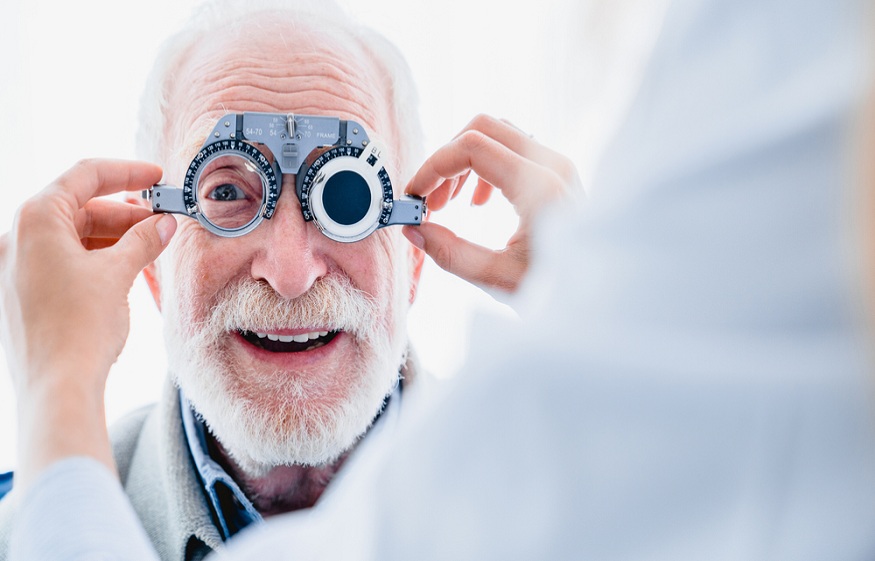
Chronic eye diseases can be tough to handle, but ophthalmologists have effective strategies to manage them. They focus on early detection, ongoing care, and targeted treatments. From glaucoma to macular degeneration, these experts use proven methods to improve eye health. Oviedo cataract surgery is one such example where precise techniques make a difference. By following a structured approach, ophthalmologists ensure better outcomes for patients struggling with chronic eye conditions.
Understanding Chronic Eye Diseases
Chronic eye diseases can cause long-term vision problems if not managed well. These include conditions like glaucoma, age-related macular degeneration, and diabetic retinopathy. Each of these has unique challenges for patients and doctors alike. The aim is to slow the progression and maintain quality of life.
Early Detection
Early detection is key in managing chronic eye diseases. Regular eye exams help catch these conditions before they cause severe damage. Eye doctors use tools like visual field tests and retinal imaging to spot early signs. Catching a disease early can make treatments more effective.
Ongoing Care
Ongoing care is crucial for managing eye diseases. This involves routine check-ups, medication, and lifestyle changes. For instance, people with glaucoma may need daily eye drops to control eye pressure. Regular follow-ups ensure the treatment is working and help adjust it if needed.
Targeted Treatments
Targeted treatments aim to address the specific needs of each condition. For macular degeneration, doctors may use injections to slow vision loss. In diabetic retinopathy, laser treatments can stop blood vessels from leaking. These treatments are personalized to provide the best outcomes for each patient.
Comparing Treatment Options
Here is a simple comparison of three common chronic eye diseases and their primary treatment strategies:
| Condition | Treatment Strategy | Goal |
| Glaucoma | Eye Drops, Surgery | Reduce Eye Pressure |
| Macular Degeneration | Injections, Vitamins | Preserve Central Vision |
| Diabetic Retinopathy | Laser Treatment | Prevent Vision Loss |
Emerging Technologies
New technologies offer hope for better management of chronic eye diseases. Innovations like gene therapy and advanced imaging techniques are on the rise. These technologies aim to provide more precise treatments and improve patient outcomes. Ongoing research continues to expand the possibilities in this field.
Supporting Eye Health at Home
Managing eye diseases also involves steps taken at home. Eating a balanced diet, staying active, and protecting your eyes from the sun are simple yet effective ways to support eye health. Patients can play an active role in their eye care by following these daily habits.
Partnering with Your Ophthalmologist
Building a strong partnership with your ophthalmologist can make a significant difference. Open communication and trust are key. Discussing symptoms and treatment options helps tailor a plan that works best for you. For reliable information on eye health, you can visit the National Eye Institute.
The Path Forward
Living with a chronic eye disease requires ongoing attention and care. With modern strategies, many people manage to maintain their vision and enjoy fulfilling lives. The journey involves collaboration between patients and doctors, using both time-tested methods and new advancements. Seeking regular care and staying informed are vital steps on this path.

 Tennessee Men’s Clinic Discusses the Correlation of Healthy Relationships to Men’s Health
Tennessee Men’s Clinic Discusses the Correlation of Healthy Relationships to Men’s Health  Frequently Asked Questions About Speech Therapy Answered
Frequently Asked Questions About Speech Therapy Answered  The importance of choosing a good gynaecologist doctor for your health
The importance of choosing a good gynaecologist doctor for your health  The Role Of Cardiologists In Managing Chronic Heart Failure
The Role Of Cardiologists In Managing Chronic Heart Failure  Breaking Down Barriers: An Infertility Specialist’s Approach To Inclusive Treatment
Breaking Down Barriers: An Infertility Specialist’s Approach To Inclusive Treatment  Understanding Foot Biomechanics: A Podiatrist’s Perspective
Understanding Foot Biomechanics: A Podiatrist’s Perspective  The Ecosystem of Ease: How Bill Payments Evolved into a Digital Habit
The Ecosystem of Ease: How Bill Payments Evolved into a Digital Habit  How Insurance Apps Are Embedding Themselves Into India’s Daily Payment Flows
How Insurance Apps Are Embedding Themselves Into India’s Daily Payment Flows  A Guide to the Best Things to Do Near Villa Firenze Costa Rica
A Guide to the Best Things to Do Near Villa Firenze Costa Rica